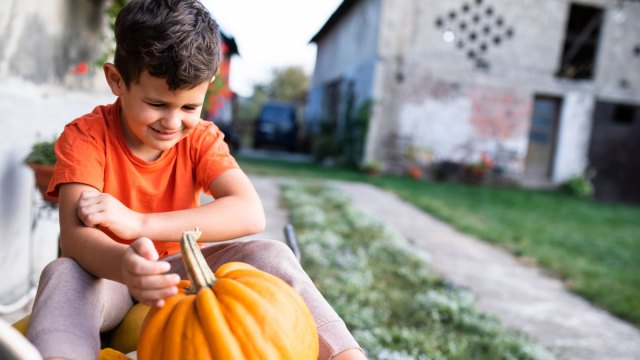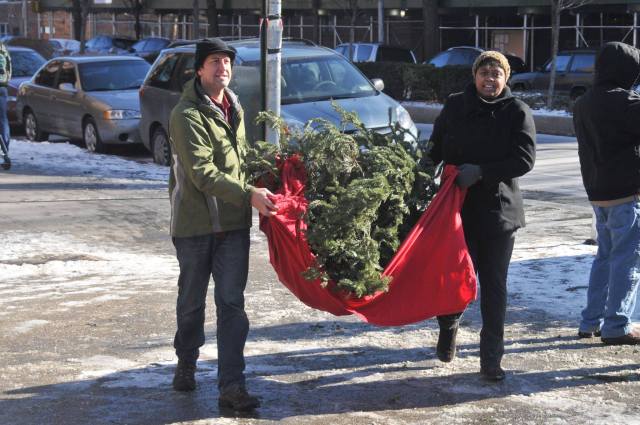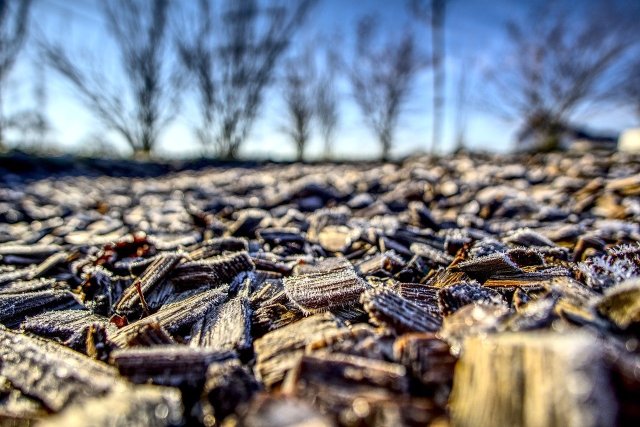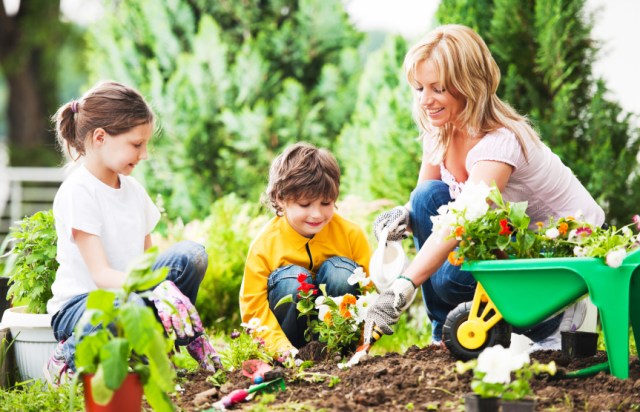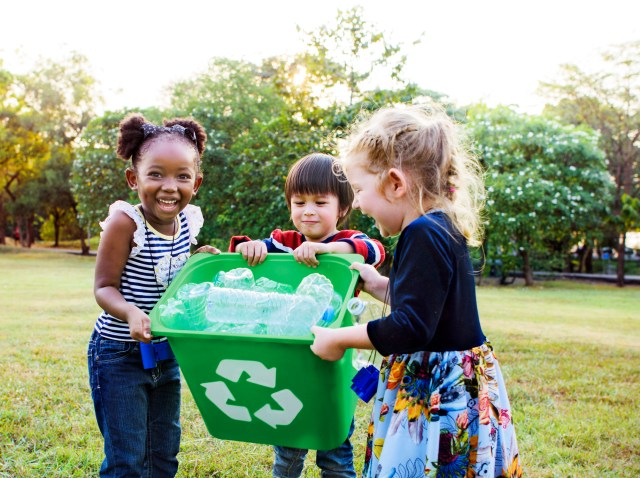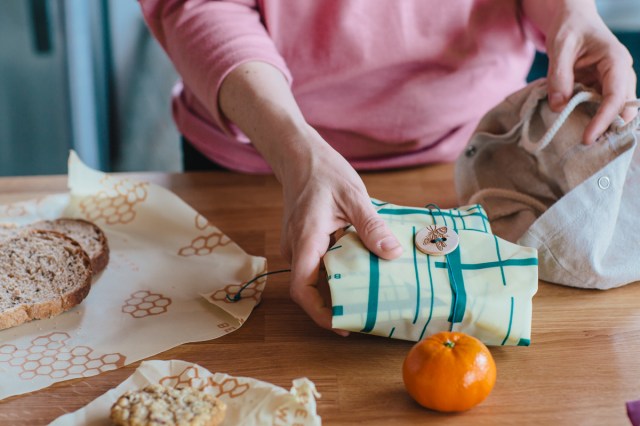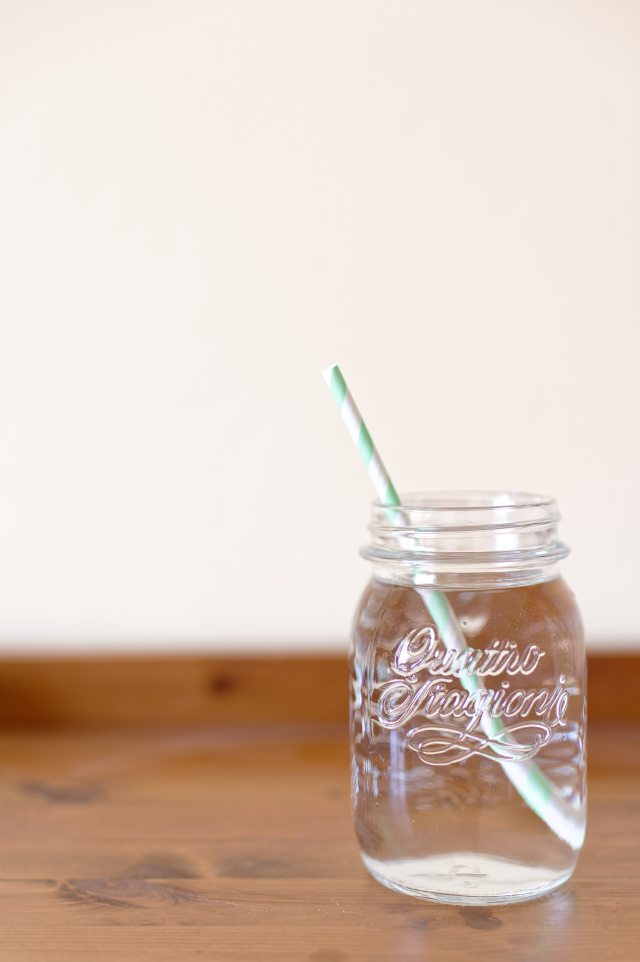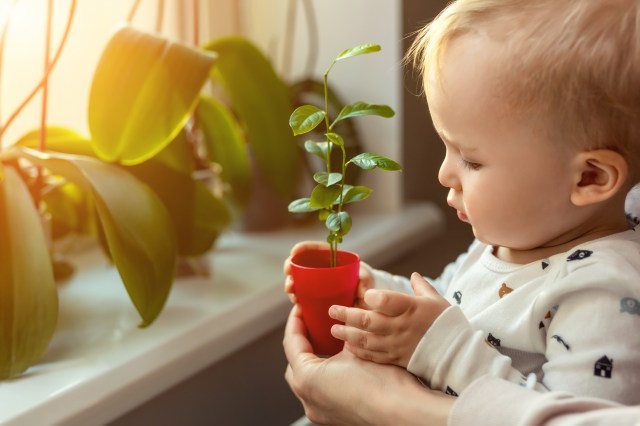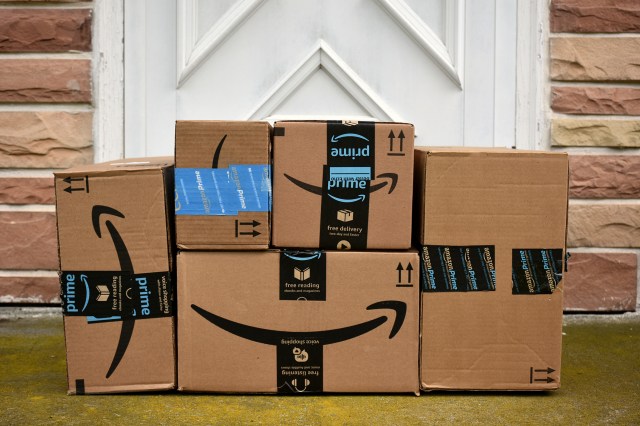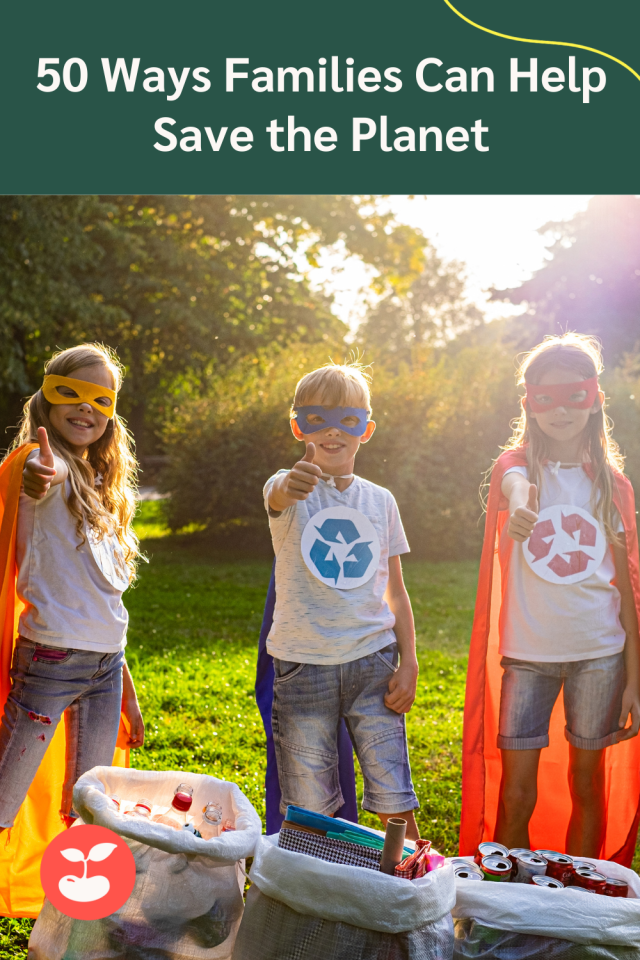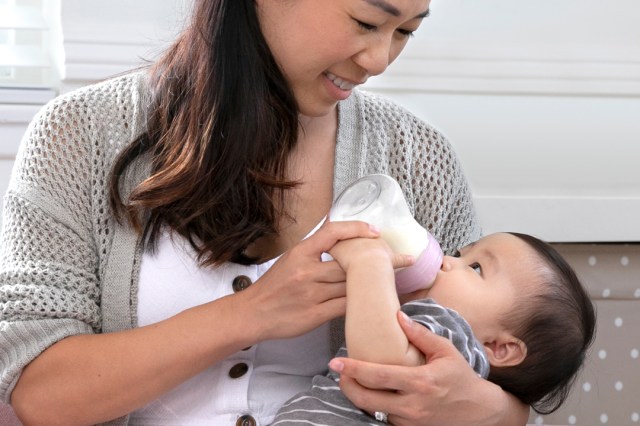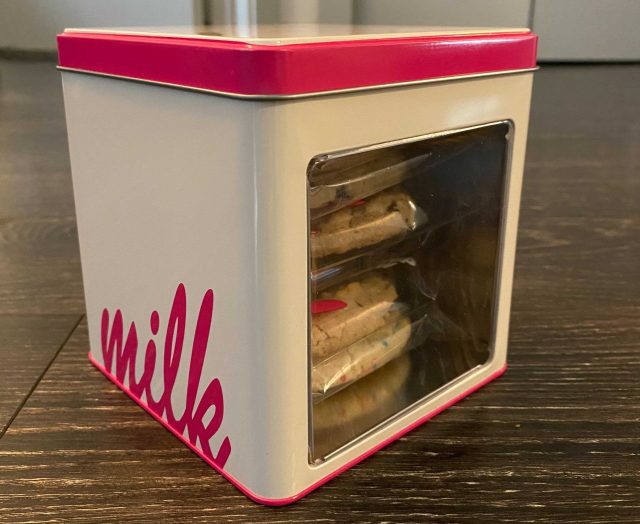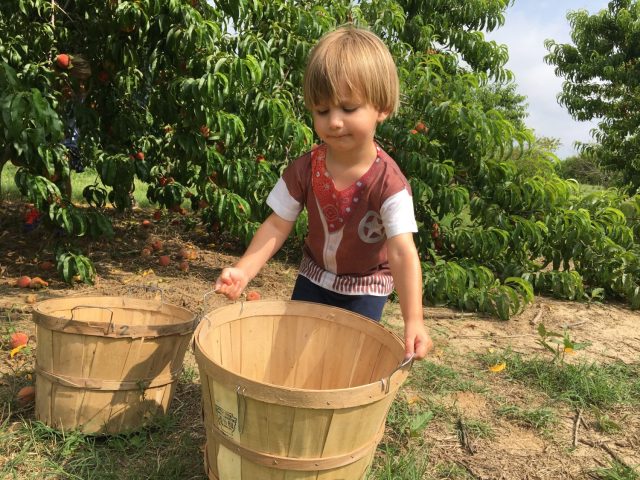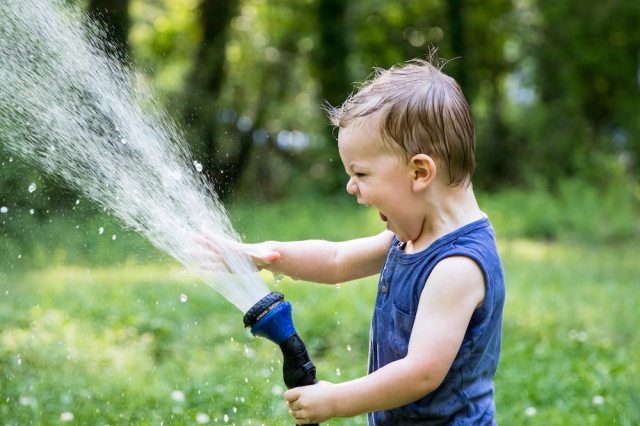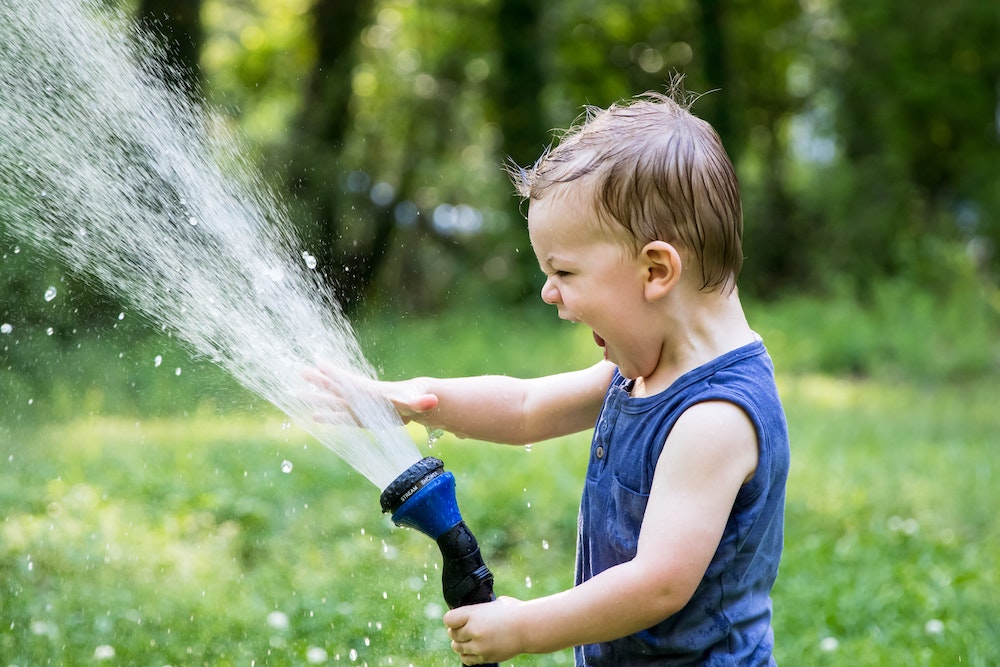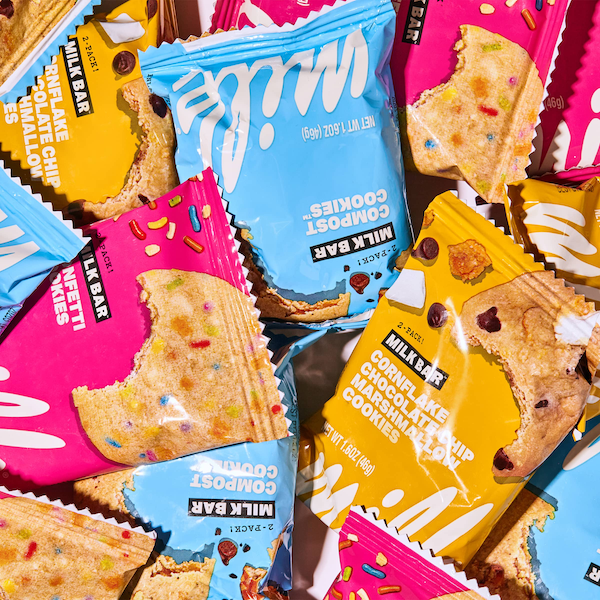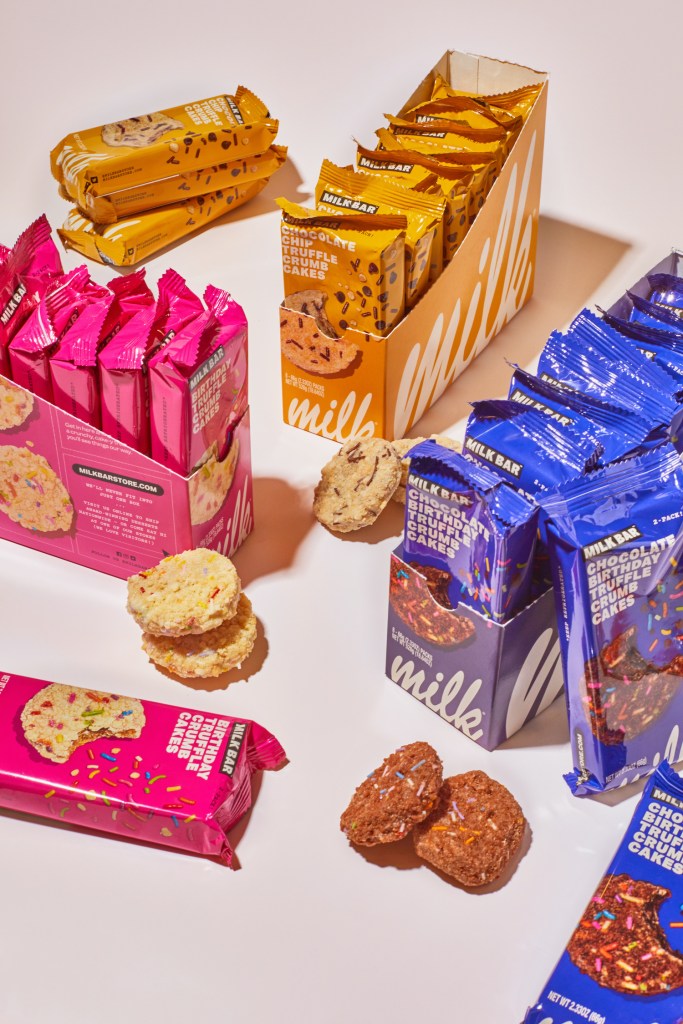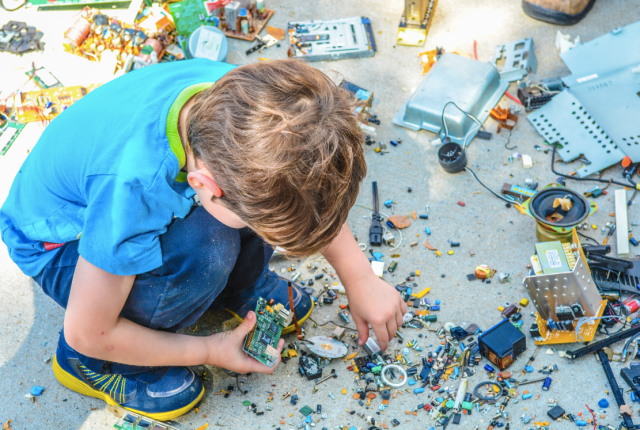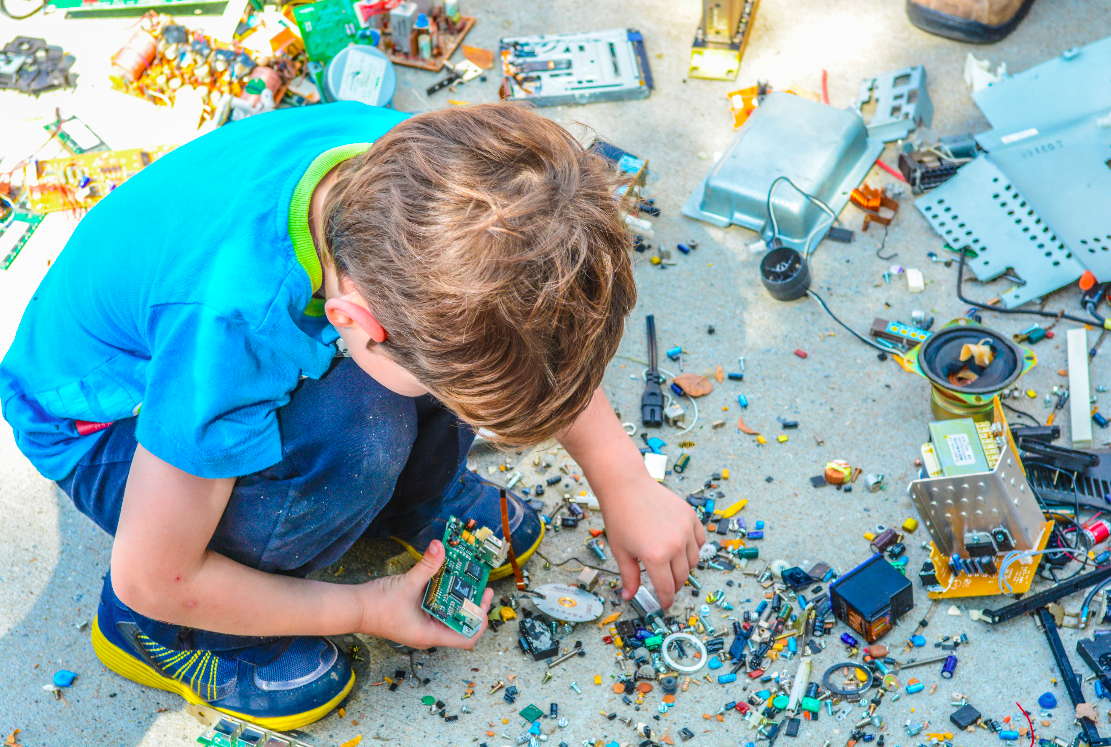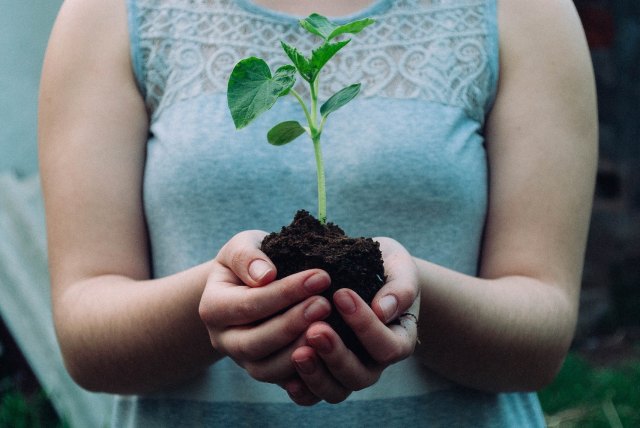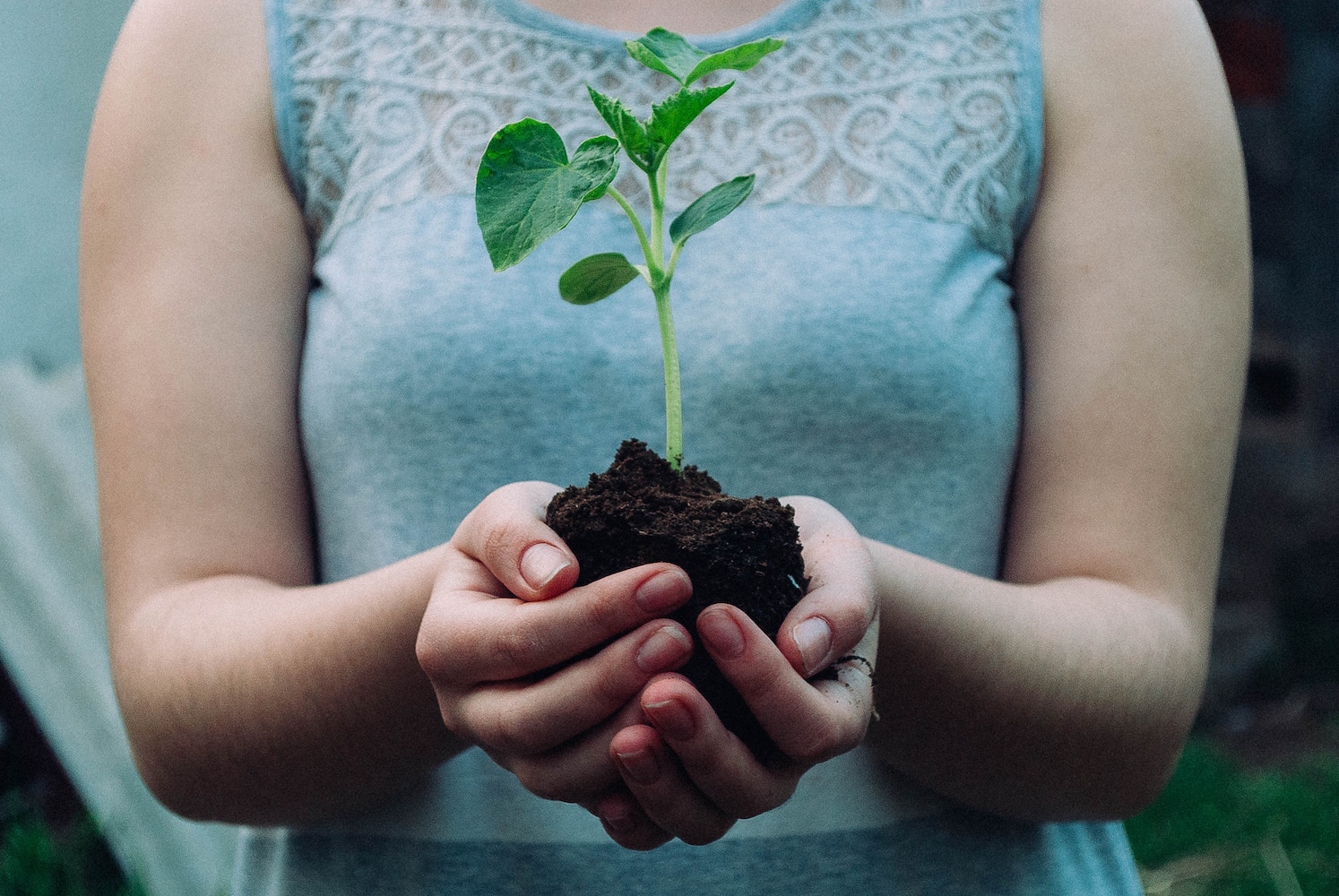We’ve got plenty of ideas for you to repurpose all those splendid squash
Wondering what to do with your pumpkins after Halloween has come and gone? While you can’t do much with the ones you carved, any solid pumpkins can be used for all sorts of things like fairy gardens, feeding farm animals, and even making pumpkin bread.
Make a Catapult
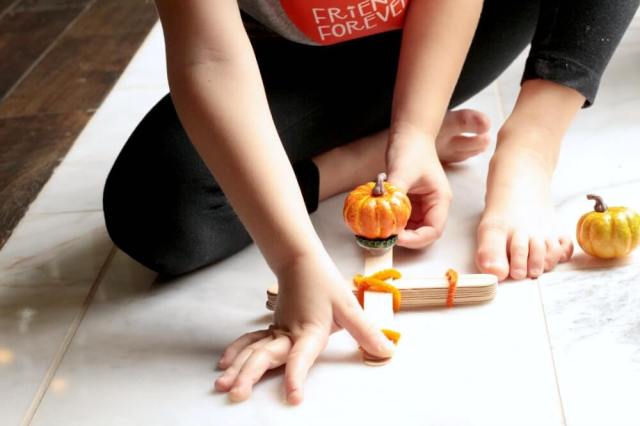
We can probably all agree that chucking pumpkins is deeply satisfying. Gather your mini-pumpkins and your minis for a little lesson in physics with a DIY pumpkin catapult, like this one crafted by Lemon Lime Adventures.
Carve Out a Home

There’s no denying the magic of fall. Add to it with a humble pumpkin abode for your favorite fairy garden residents. We love the step-by-step instructions and incredible ingenuity over at Adventure-in-a-Box.
Make a Batch of Hearty Soup

Chop up that decorative number on your steps for this recipe calling for fresh pumpkin, not canned. Plus, you can adapt it for all kinds of squash including acorn or butternut. Add some dimension by adding freshly steamed asparagus and toasted pumpkin seeds to the top, and you'll have a rich and colorful meal.
Bake a Pie
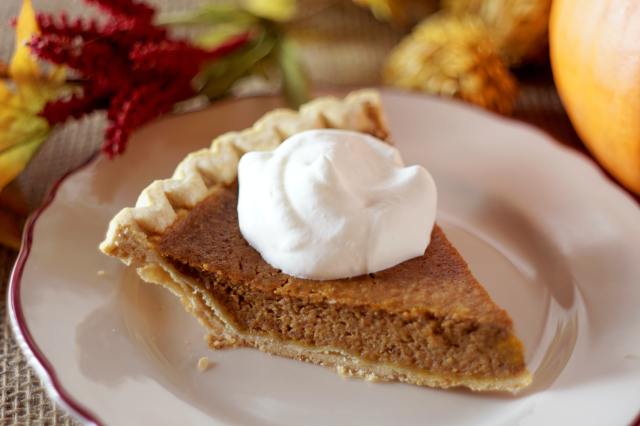
Cook it down and whip it up: You can skip the store-bought puree this time and use your still-sweet pumpkins for an awesome pie or dessert. We've got 10 amazing recipes here that should do the trick.
Make a Planter
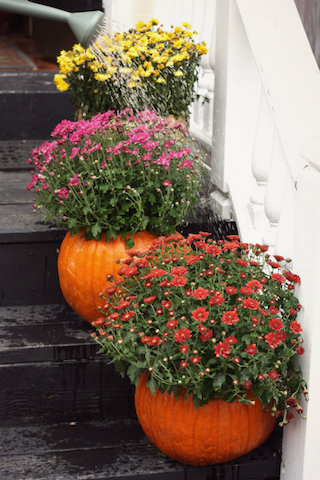
Transform those farm-picked pumpkins into outdoor planters to hold colorful fall flowers. Get inspired to try this easy project with your little green thumb at 17 Apart!
Create a Centerpiece

Similar to outdoor planters, uncarved pumpkins can be transformed into centerpieces for your Thanksgiving table. Just slice off the top, scoop out the seeds, and place a vase inside full of fresh or dried flowers. You can even place pots of succulents and other house-dwelling plants, such as orchids and bromeliads, for a tropics-meets-fall vibe. Check out the how-to at Simple Joy.
Save the Seeds
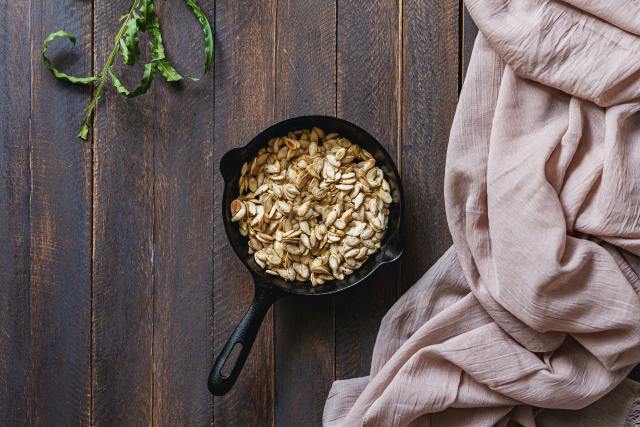
Whether you top them with seasoning salt or go for more exotic combos, a handful of straight-from-the-oven, warm, roasted pumpkin seeds in autumn just feels right. Or skip the culinary creativity and turn pumpkin seeds into a sorting game perfect for those grabby toddler hands. Find out how here.
Bake Some Delicious Pumpkin Bread

Pumpkin bread isn’t just for fall! With warming spices like cinnamon and ginger, it’s delicious enough to be added to your year-round rotation. Here is our favorite recipe.
Donate
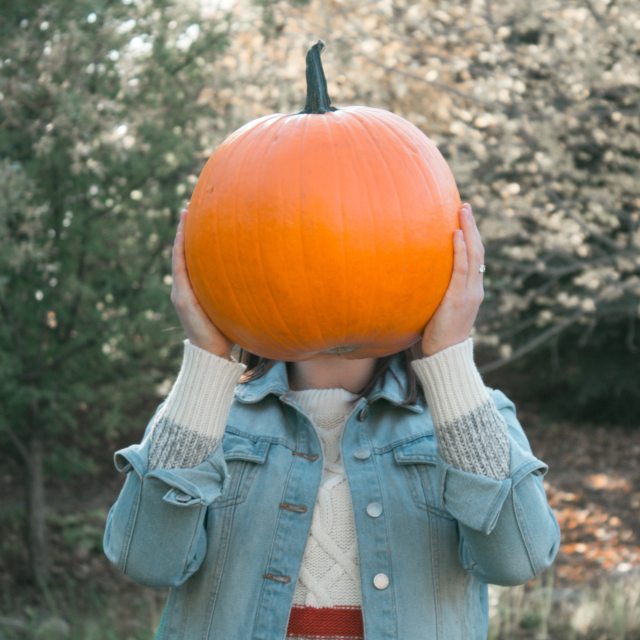
Organizations like Pumpkins for the People encourage you to donate any pumpkins that can be used for food and then compost the rest, keeping the pumpkins out of landfills. Click here to find a place to donate from Nov. 1-22, 2021.
Feed Some Animals
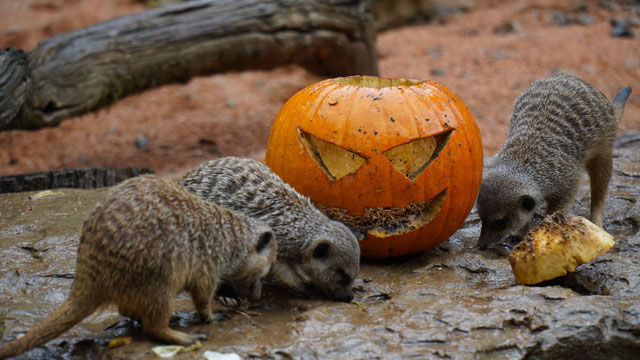
Just like your sidekick, animals dig pumpkins too. Bring your leftovers to your local zoo for some animals to munch on (call ahead to see if they take them, first) or donate them to your local CSA farmer. Share the love!
Make a Volcano
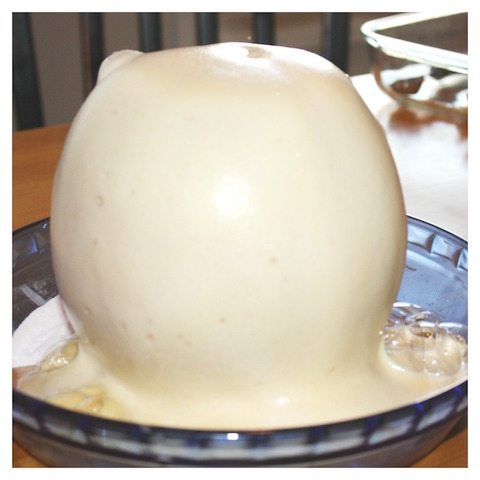
Grab your little scientist and a few kitchen basics to turn your leftover pumpkin into a science project that would make your former science teacher proud. To find out how to make this explosively exciting project, visit Little Bins for Little Hands and get pouring.
Plan a Spa Day
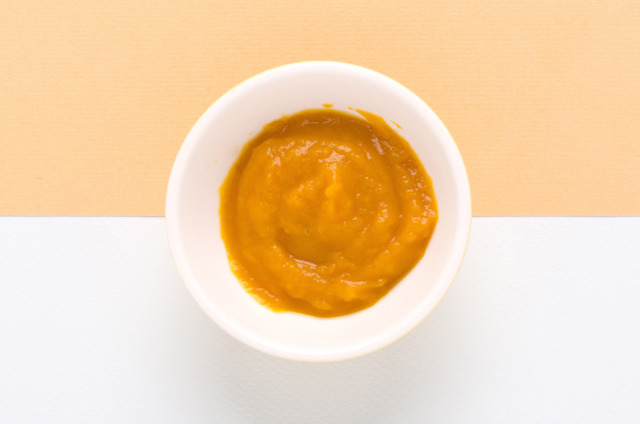
Gather the troops for a little at-home pamper party. Then whip up an easy-peasy facemask made with pumpkin puree, that’s good enough to eat. The best part? We’re betting you’ll find everything you need to make it in your kitchen cupboards.
Compost It
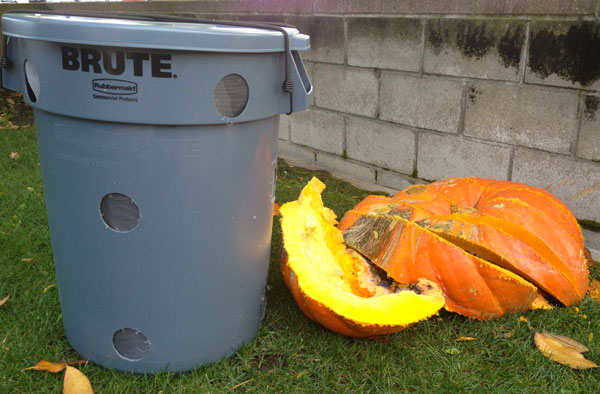
Give your pumpkin new life by tossing it in the compost bin. Don’t have a bin? No problem. Check out how to make your own with your earth-lovin’ littles at home, using a few materials and simple tools you can find at your local hardware store if they aren’t already in your garage.
Your city may also offer composting services, or check out Scarce.
Create a Bird Sanctuary
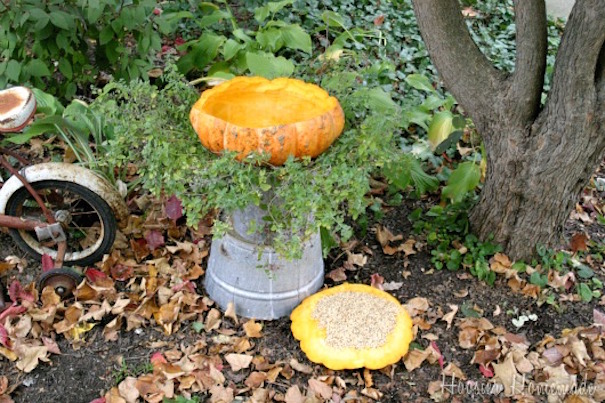
Attract fall songbirds to your backyard or balcony, using repurposed pumpkins and a little tool know-how. The folks over at Hoosier Homemade show you and your kidlets how to create a simple birdbath and bird feeder with Cinderella-style. The feathered friends who show up in your yard may not help with the housework, but it’s worth a try!
Carve a Pumpkin Boat
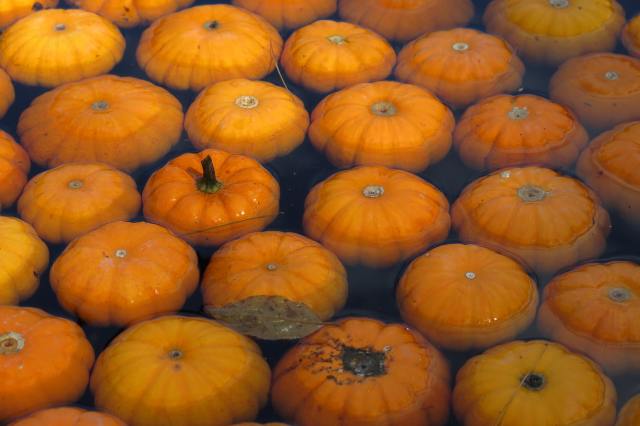
Repurpose all those cute decorative pumpkins adorning your mantel by turning them into totally floatable pumpkin boats. Then, hit a neighborhood pond or pull out the sand and water table (or even the bathtub!) to set sail with your mini sailor. Land ho!
Build a Snowman

Even if you don’t have snow on the ground yet, you and your kiddos can plan ahead by recycling this season’s ubiquity into next season’s adorable decoration. To find out how to turn a few petite pumpkins into a frosty snowman, check out Caught in Grace’s creative post. Let it snow!
Plant More Pumpkins
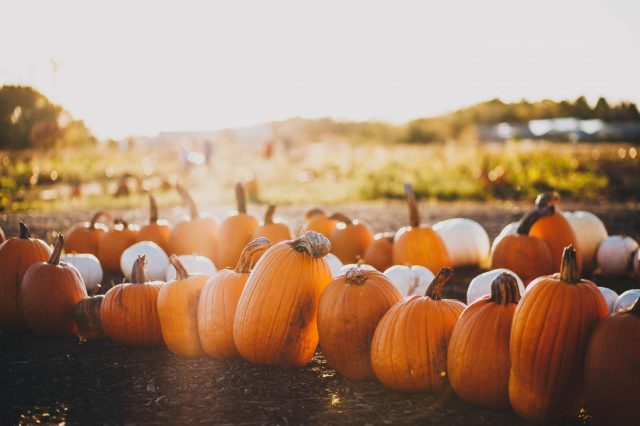
Think spring (or even next fall) by planning ahead for the next planting season. A handful of seeds saved from your pumpkin innards planted in late spring may save you a trip to the patch next year. Or at least provide some cute at-home photos of your sidekick come fall.
Craft Candle Holders

Not just your average jack-o'-lantern, transform gourds, mini-pumpkins, and other unique varieties of pumpkins into stylish candleholders for your turkey day table with a little know-how. Jessi at Practically Functional has the scoop on this simple DIY transformation that goes from drab to fab.
